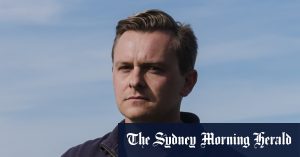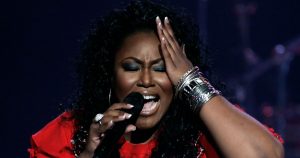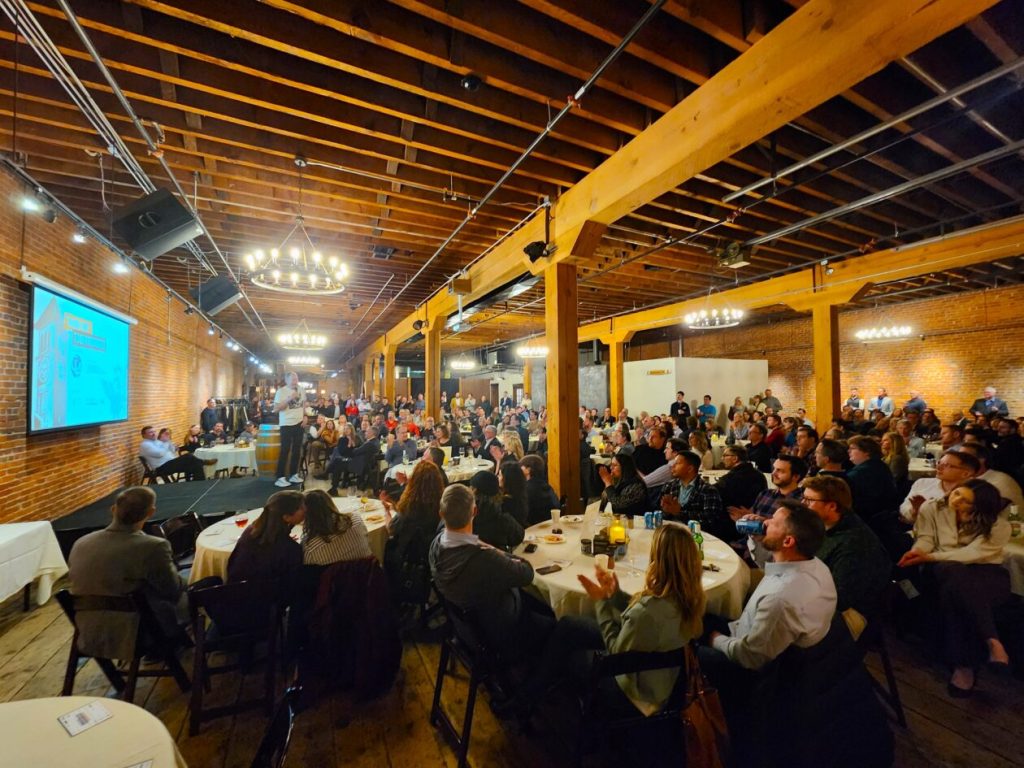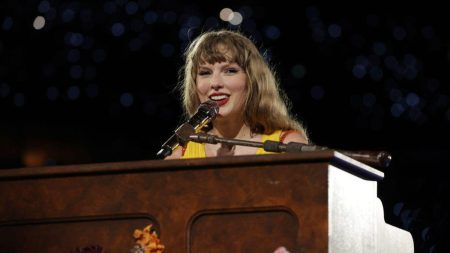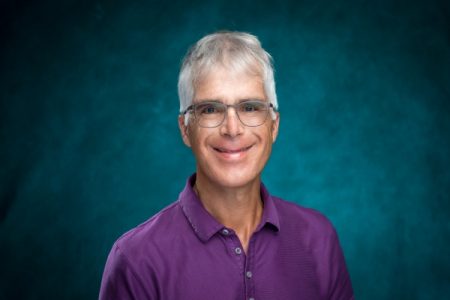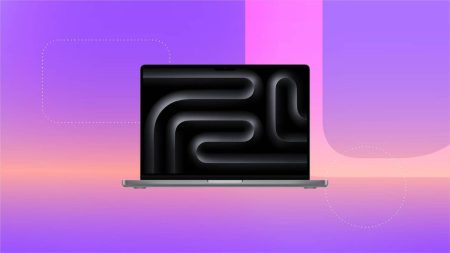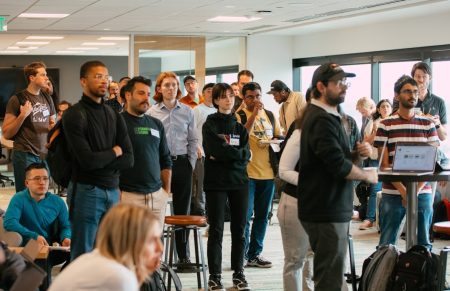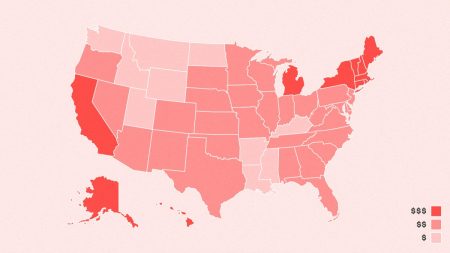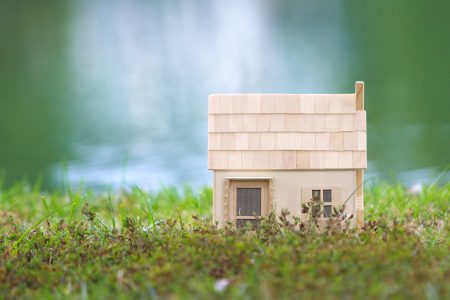The Ignite 25+5 Awards held in Spokane in February drew a mix of longtime tech community members and newcomers, showcasing the city’s appeal as a tech hub. The influx of remote workers seeking a more affordable and livable lifestyle had already begun before the pandemic, but the past two years have accelerated this trend, drawing people and companies from Seattle and beyond to Spokane. Entrepreneurs who initially moved to the city for personal reasons are now founding startups in the region, optimistic about tapping into the local talent pool. Community leaders like Bill Kalivas of LaunchPad Inland Northwest see an opportunity to integrate remote workers in Spokane into the local tech ecosystem through events and programs offered by organizations such as Ignite Northwest.
However, the growing population in Spokane is starting to impact the affordability advantage that initially attracted people to the city. While remote work allows companies in the region to employ individuals from around the country, it also leads to a dispersed workforce with looser connections to the local community. Megan Hulsey of Craft3 highlighted the challenge of connecting with remote workers in Spokane, many of whom prefer to keep a low profile. Efforts by organizations like Ignite Northwest aim to engage with these individuals, offering potential opportunities for the local tech ecosystem to grow and thrive.
Spokane has seen a significant increase in its population in recent years, with Spokane County growing by 7% from 2018 to 2023. This growth has led to a surge in Information Technology (IT) jobs in the area, although IT employment still remains a small portion of the overall workforce. Spokane’s affordability has been a key selling point, but the cost of living has risen in recent years, driven primarily by the housing market. The city is actively working to address this issue by exploring new forms of housing such as accommodating fourplexes and other middle housing options.
Many tech workers and entrepreneurs have migrated to Spokane in search of a better quality of life and lower costs. Martin Tobias, a venture capitalist who moved to Spokane at the onset of the pandemic, has already invested in three startups in the region. The city’s supportive business community, outdoor recreation opportunities, and minimal traffic have also attracted individuals like Joy Tang, the CEO of Markable.AI, who relocated from the Bay Area. Tang sees Spokane as an extension of the Seattle tech market, with benefits such as a smaller talent pool enabling quick hiring decisions due to the close-knit community.
Startup entrepreneurs like Mark Harrell have moved to Spokane with their families, bringing their businesses with them and contributing to the city’s growing tech ecosystem. Chapterly, Harrell’s startup, has seen success in Spokane, with a user base of over 2,700 authors. Despite challenges in hiring specialized talent like cloud and AI engineers, Spokane’s community continues to thrive with individuals like Craig Tadlock, CEO of GoToTags, finding success in the city. Challenges such as a smaller pool of candidates and the need to attract local employees with incentives like stock options remain, but the influx of tech workers from Seattle and elsewhere has brought new opportunities and growth to Spokane’s tech scene.
Ultimately, the migration of tech workers to Spokane has had a significant impact on the city, solidifying its position as a viable tech hub outside of traditional tech centers. The remote work trend has allowed tech companies and entrepreneurs to establish roots in Spokane, taking advantage of the city’s affordability and supportive business community. While challenges remain, such as rising housing costs and competition for specialized talent, Spokane’s tech ecosystem continues to grow and attract new talent. With the city’s commitment to addressing issues like housing affordability and fostering a thriving tech community, Spokane is poised for continued success as a destination for tech workers and entrepreneurs looking for a better quality of life.
